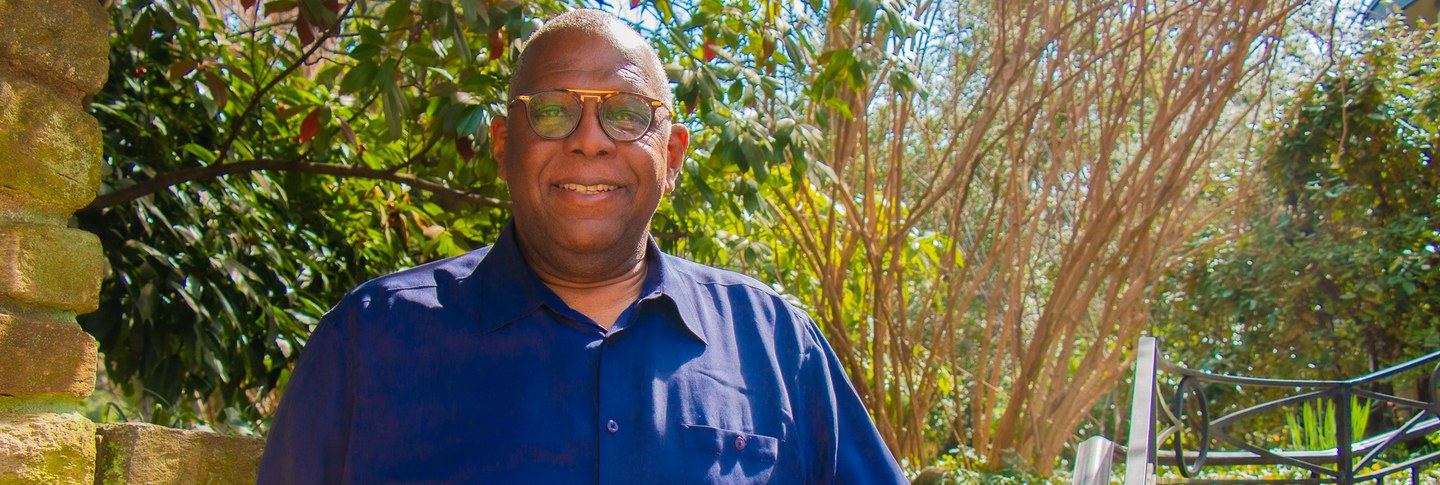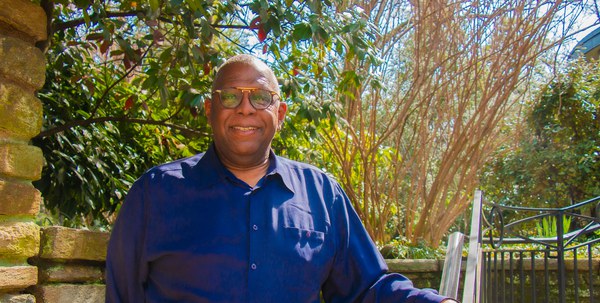Glenn LaRue Smith, FASLA, founding partner of PUSH studio in Washington, DC, was a Mellon fellow in Urban Landscape Studies in spring 2022. His research report, “Out of the Shadows: Black Landscape Architects, 1898–1965” introduced Black landscape architects and their work in professional practice, at historically Black colleges and universities (HBCUs), and public agencies during the first half of the twentieth century.
Q&A with Glenn LaRue Smith
Who are some of the Black landscape architects you’re studying and their work?
I’m looking at thirteen Black landscape architects and garden designers, starting with David Williston, who graduated from Cornell in 1898. I end in 1965, when there started to be more Black landscape architecture program graduates from schools like Ohio State University and Michigan State University. People like Williston, Edward Lyons Pryce, Dr. Charles Fountain, and a few others were often connected with historically Black institutions or public agencies like the State Department or city planning offices. Thus, the theory that I am developing is that there’s a racial component to this pattern. Black landscape architects at this time couldn’t work in large, private landscape architecture firms because the firms just wouldn’t hire Black landscape architects—even after I graduated from Mississippi State University in 1975, I had a difficult time finding work in private offices. It was for this reason that I began working with the US Army Corps of Engineers, Vicksburg, Mississippi District.
What methods and sources are you using to tell this history?
Most of the landscape architects are deceased, and there’s not a lot of archival information, so I’m digging into databases and ancestry to find descendants. There’s a significant gap in the information available in books and libraries and primary sources. However, the great part of this research is that any information I find will be more than is currently out there. I’m looking at the archives of the universities where the landscape architects graduated, like Michigan State, which was a common place for Black landscape architects to go to school; Cornell; and Harvard. I’m now also working with the archivist at North Carolina Agricultural and Technical State University, where Dr. Charles Fountain started the first undergraduate landscape architecture program at a historically Black institution. The Tuskegee University archives have been useful for information on David Williston and Edward Lyons Pryce.
There’s also a bit of an oral history component to the study as well. I video-interviewed Robert L. Davis, now 102 years old and living here in DC, about his education at the University of Wisconsin and his twenty-year career at the State Department working on embassies around the world. But there are also five other landscape architects I’m studying and interviewing who are still living. I will also be interviewing their children about their parents’ life and work, which will add another dimension to the archival research, drawings, and oral histories.
Why is it important to document the history of Black landscape architects?
This study really came about because there’s not very much in landscape architecture history books that covers Black landscape architects at all. Usually, the textbooks cover garden history from the Renaissance to the English garden, and in the US the contemporary history of landscape architecture starts with Frederick Law Olmsted and goes to the present. There are no Black landscape architects listed in the books, so the purpose of my study is to fill that gap—thus the title of my project, “Out of the Shadows.”
Statistics from the American Society of Landscape Architects (ASLA) show a little over 2 percent of landscape architects in this country are Black or African American. I think this is a pretty clear indicator of how few of us there are and why my research is important. When I graduated from with an undergraduate degree in landscape architecture, I was the first African American to graduate from my program and that still happens across the country. I was talking to a young woman who, five or six years ago, was the first African American to graduate from her program.
It’s important for all landscape architects and anyone who’s interested in landscape architecture to know this history of Black landscape architects in the profession, but especially young Black landscape architecture professionals. It’s one of the reasons I founded the Black Landscape Architects Network, to create a community where Black landscape architecture students who are in programs where there’s only one or two of them can have a network where they can communicate.
May Wang is postgraduate writing and reporting fellow. Photo by Emily Orr, humanities fellow.

